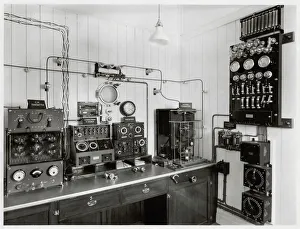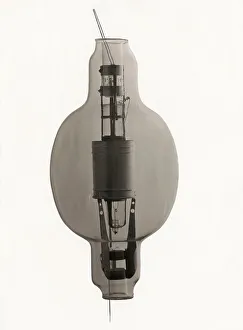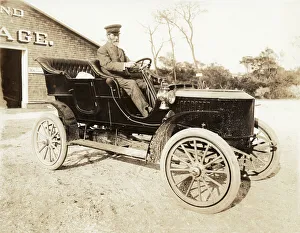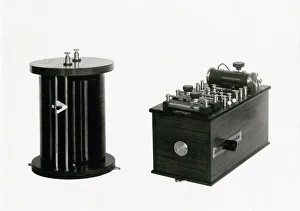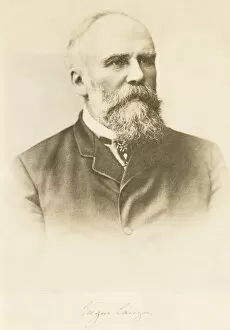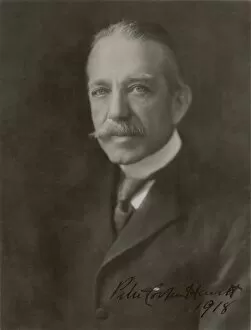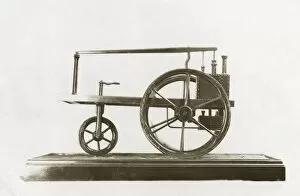The Pageant Of America Collection
"The Pageant of America: A Journey Through Innovation and Progress" Step into the captivating world of "The Pageant of America
All Professionally Made to Order for Quick Shipping
"The Pageant of America: A Journey Through Innovation and Progress" Step into the captivating world of "The Pageant of America, " a mesmerizing spectacle showcasing the remarkable advancements that have shaped our modern society. This enthralling journey takes us through pivotal moments in history, where inventors and visionaries paved the way for a brighter future. As we delve into this extraordinary pageant, we encounter Guglielmo Marconi's groundbreaking radio apparatus, revolutionizing communication across vast distances. The Marconi radio valve further amplifies this achievement, propelling humanity towards an era of instant connectivity. Amidst the excitement, we witness the roaring arrival of the Stanley Steamer car in 1906 – a marvel on wheels that propelled us forward with its innovative steam-powered engine. Nikolaus Otto, a brilliant German engineer, joins our procession with his revolutionary internal combustion engine – forever changing transportation as we know it. Gustavus Swift stands tall among these pioneers as an American industrialist who transformed meatpacking and distribution systems. His visionary methods not only ensured food security but also set new standards for efficiency and productivity. In another corner of our grand parade, dedicated workers lay down miles upon miles of oil pipelines across the United States – their tireless efforts fueling progress while connecting nations together. Eugen Langen's contributions to engineering cannot be overlooked; his genius brought forth monumental achievements like Cologne's famous cable railway system. Meanwhile, industrial diesel engines emerge onto center stage – powering industries worldwide and driving economic growth throughout the 20th century. Peter Hewitt electrifies our senses with his brilliance as he introduces transformative electrical engineering innovations to illuminate homes and cities alike. And once again, Marconi's name resounds as early versions of his apparatus captivate audiences with their magical ability to transmit messages wirelessly through thin air. "The Pageant of America" is more than just a celebration; it is an ode to human ingenuity and perseverance.

